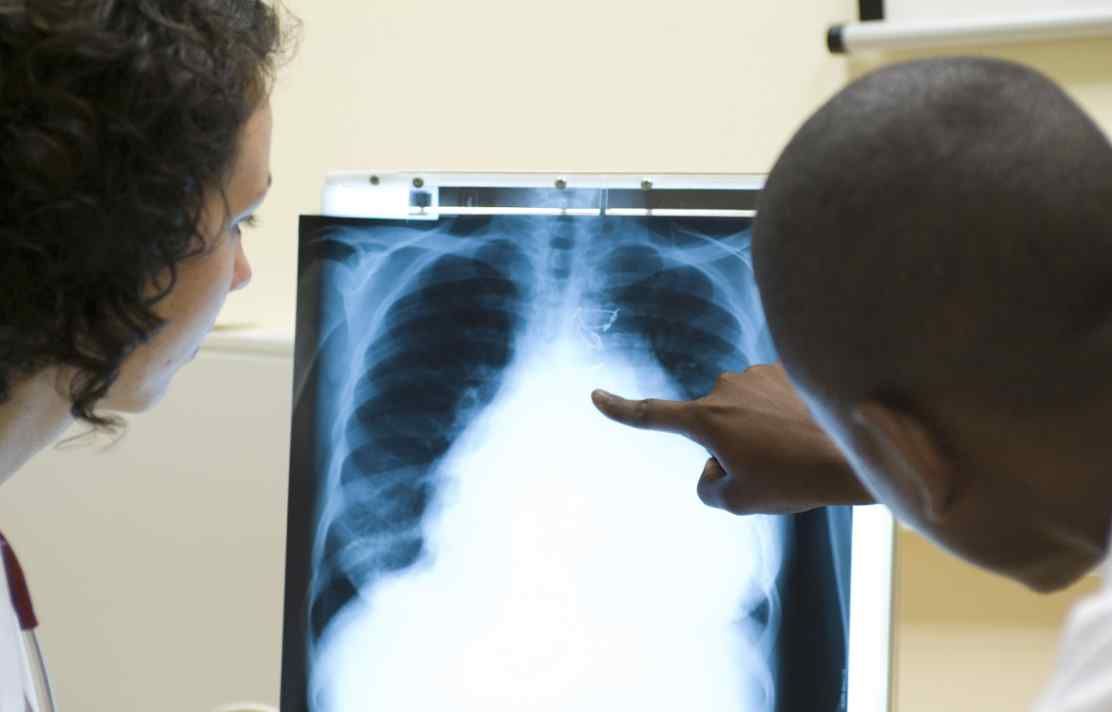BibTex format
@article{Halliday,
author = {Halliday, A and Jain, P and Hoang, L and Parker, R and Tolosa-Wright, M and Masonou, T and Green, N and Boakye, A and Takwoingi, Y and Hamilton, S and Mandagere, V and Fries, A and Coin, L and Deeks, J and White, P and Levin, M and Beverley, P and Kon, O and Lalvani, A},
journal = {Efficacy and Mechanism Evaluation},
title = {Validation of new technologies for the diagnostic evaluation of active tuberculosis (VANTDET)},
url = {http://hdl.handle.net/10044/1/66969},
}
RIS format (EndNote, RefMan)
TY - JOUR
AB - Background: Tuberculosis (TB) is a devastating disease for which new diagnostic tests are desperately needed. Objective: To validate promising new technologies (namely whole blood transcriptomics, proteomics, flow cytometry and qRT-PCR) and existing signatures for detection of active TB in samples obtained from individuals suspected of active TB. Design: Four sub-studies, each of which used the samples from biobank collected as part of the IDEA study, which was a prospective cohort of patients recruited with suspected TB. Setting: secondary care Participants: Adults (aged ≥ 16 years old) presenting as inpatients or outpatients at 12 NHS hospital trusts in London, Slough, Oxford, Leicester and Birmingham with suspected active TB. Interventions: New tests using either: genome-wide gene expression microarray (transcriptomics); SELDI TOF/ LC-MS (proteomics), flow cytometry, qRT-PCR. Main outcome measures: Area under the curve (AUC), sensitivity and specificity, were calculated to determine diagnostic accuracy. Positive and negative predictive values were calculated in some cases. A decision tree model was developed to calculate the incremental costs and quality-adjusted life-years (QALYs) of changing from current practice to using the novels tests. Results: The project and 4 sub-studies which assessed the previous published signatures measured using each of the new technologies, and a health economic analysis where the best performing tests were evaluated for cost effectiveness. The diagnostic accuracy of the transcriptomic tests ranged from AUC=0.81-0.84 for detecting all TB in our cohort. The performance for detecting culture confirmed TB or pulmonary TB (PTB) was better than for highly probable TB or extrapulmonary TB (EPTB) respectively, but not high enough to be clinically useful. None of the previously described serum proteomic signatures for active TB provided good diagnostic accuracy, not did the candidate rule-out tests. Four of six previously described cell
AU - Halliday,A
AU - Jain,P
AU - Hoang,L
AU - Parker,R
AU - Tolosa-Wright,M
AU - Masonou,T
AU - Green,N
AU - Boakye,A
AU - Takwoingi,Y
AU - Hamilton,S
AU - Mandagere,V
AU - Fries,A
AU - Coin,L
AU - Deeks,J
AU - White,P
AU - Levin,M
AU - Beverley,P
AU - Kon,O
AU - Lalvani,A
SN - 2050-4365
TI - Validation of new technologies for the diagnostic evaluation of active tuberculosis (VANTDET)
T2 - Efficacy and Mechanism Evaluation
UR - http://hdl.handle.net/10044/1/66969
ER -
